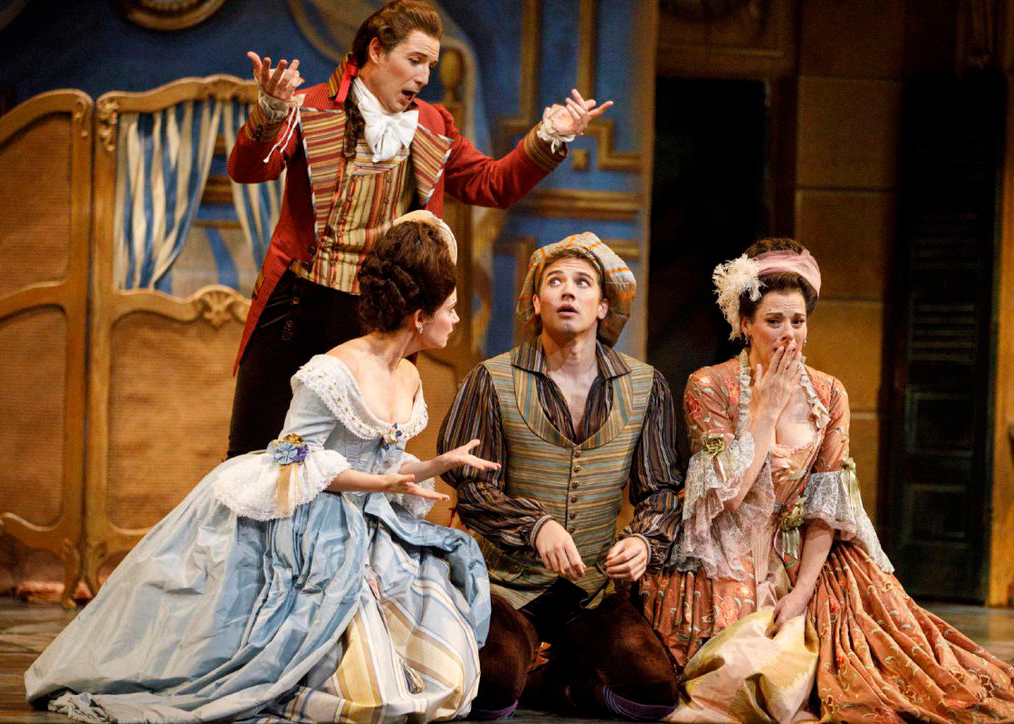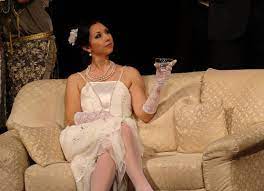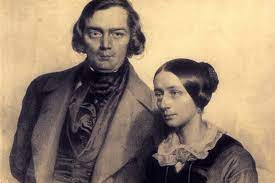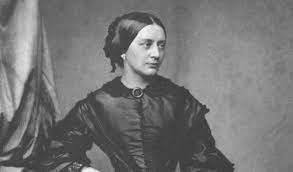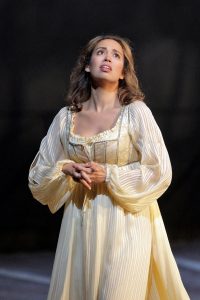One of the aspects of the Covid-19 pandemic which will certainly be the subject of inquiry in Australia once things have settled down is why Victoria has had more lockdowns and cases than the other States. And it’s not the first time Victoria has been in this position. How McDougall Topped the Score, written by Thomas E. Spencer, has been re-made and is shown below. It will remind readers of the Swine Flu epidemic of 2009 in which Victoria also set some records.
(Note: I posted a version of the poem, but not the COVID comments, on 9 March but given what is happening in Victoria it deserves another go. I look forward to the time when it is no longer relevant.)

At the time of writing (29 May 2021) there have been 30,073 cases of COVID-19 in Australia, 20,580 of which have been in Victoria. Of the 910 deaths recorded, 820 have been Victorians.
This represents an extraordinary imbalance between States.
A number of possible explanations for the disparity have been canvassed.
One is that the different structure of public health services in Victoria as distinct from, say, New South Wales has resulted in greater effectiveness in the latter. It may be that the pre-existing New South Wales system was more compatible with what was needed for effective contact tracing. New South Wales has decentralised Local Area Health Districts with public health teams embedded in local communities. These teams work independently while being guided by New South Wales Health centrally.
Catherine Bennett, Chair in Epidemiology at Deakin University and a key contributor to public understanding and debate, wrote in The Conversation in October 2020:
“NSW’s system of devolved public health units and teams meant when local outbreaks occurred, locally embedded health workers were at an advantage. They’re already linked with local area health providers for testing, they already have relationships with community members and community leaders, and they know the physical layout of the area.”
“What’s crucial is a nuanced understanding of local, social, and cultural factors that may facilitate spread or affect how people understand self-isolation and what’s being asked of them. It can also make a critical difference in encouraging people to come forward for testing.”
“If local health workers and contact tracers are already part of a community, they can bring that expert knowledge into the mix; they can make sure public health messaging is meaningful for local communities.”
In contrast to the situation in NSW, Victoria has a public health system which is highly centralised, meaning there was a smaller base upon which to build a surge contact tracing capacity. The fact that some help was provided to Victoria from interstate staff and defence force personnel may be seen as evidence on the matter.

The different capacity of these two State systems may also be due to their recent history of funding relative to need. On the other side of the ledger is the fact that a centralised system may be better able to handle large quantities of data.
Another possible cause of the inter-State disparity is the difference in the structure of residential aged care. Of the 910 deaths recorded nationally, 685 have been in residential aged care facilities. And 655 of these have been in Victoria.
Compared with NSW, Victoria’s residential aged care system has a larger proportion of private for-profit businesses, which may have put profit before service. In Victoria 54% of residential aged care places are in the private, for-profit sector (including both family-owned and public companies) compared with 35% in NSW. In contrast, 37% of Victoria’s aged care places are in the not-for-profit sector (including religious, charitable and community-based organisations), compared with 63% in NSW. Much more evidence would be needed to conclude that the profit motive is at the heart of the difference between the two States.
One of the reasons why Australia has done so well in response to the pandemic is that we have been regularly and expertly provided with scientific evidence. This has contributed to the high level of compliance in Australia with the steps that have been necessary.
In my view, two expert commentators have stood out. Norman Swan has been tremendously busy including with the ABC’s daily Coronavirus podcast. Norman came to the business of COVID with an existing good reputation as a well-credentialed scientist and is a very experienced communicator. Another expert who has worked tirelessly and presented with great clarity, dignity and modesty is Mary-Louise McLaws, Professor of Epidemiology at the University of New South Wales.
On ABC’s weekend breakfast TV show today, when asked for her views on why Victoria has suffered more than the other jurisdictions, Mary-Louise said that Melbourne is a very close-knit community. It is a city that’s easy to get around, she said, so sadly it is easy for a virus to spread. Melbourne is the city of most concern in Australia for explosions of case numbers.
This means that enquiries into Australia’s COVID experience will need to include cultural, logistical, demographic, economic and sociological factors.
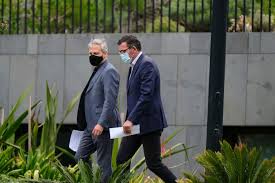
History repeating itself?
This is not the first time Victoria has stood out as the worst affected part of Australia in an epidemic. On 8 June 2009 The Australian newspaper informed its readers that, at that time, the State of Victoria had the highest recorded per capita rate of H1N1 Influenza 2 (Human Swine flu) in the world. It had the fourth highest number of infections worldwide after the US, Mexico and Canada, but the highest per capita load.
Victoria was being blamed for exporting the virus around Australia.
Eventually the official record showed 37,537 cases in Australia and 191 deaths associated with Swine Flu were reported by the Department of Health. The actual numbers were probably much larger as only serious cases warranted being tested and treated. Sources say that as many as 1600 Australians may actually have died.
How McDougall Topped the Score, written by Thomas E. Spencer, was first published in The Bulletin in March 1898. The cricketing cred. of the poem was enhanced when a piece entitled The Prerogative of Piper’s Flat was given as an encore to the McDougall poem at a public reception for the great, the elegant Victor Trumper in Sydney Town Hall on 19 December 1903.
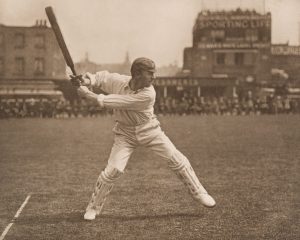
In June 2009 I wrote a companion piece to Spencer’s, based on the facts as reported in the Australian. So much of the content of the piece seems relevant today that I am bold enough to hope you will get something out of it.
Reminders
Given the time that has elapsed since June 2009 some further background will be useful for those who read the piece. On 23 May the Federal Government classified the Swine Flu outbreak as being in the CONTAIN phase. Victoria was escalated to the SUSTAIN phase on 3 June. This gave government authorities permission to close schools to slow the spread of the disease. On 17 June 2009 the Department of Health and Ageing introduced a new phase called PROTECT. This modified the response to focus on people with high risk of complications from the disease.
At the time Australia had a stockpile of 8.7 million doses of Tamiflu and Relenza. A large scale immunization effort against swine flu started on Monday 28 September 2009. By then Victoria had 2,440 cases and 24 deaths. The Victorian health authorities closed Clifton Hill Primary School for two days (sic) on 21 May (shock, horror).
Tamiflu was a Roche product, Relenza a GSK product. (In 2014 researchers threw doubt on the effectiveness of Tamiflu and thus on the value of governments stockpiling it.) In June 2009 the Minister for Health was Nicola Roxon, Member for Gellibrand, an inner-Melbourne electorate. Coincidentally, in 2015 Tadryn bought a house in Footscray, within spitting distance of Whitten Oval. As well as describing folks from Mexico, the term ‘Mexicans’ is used by people from States to the north to refer to people from Victoria. Australia’s Chief Medical Officer in 2009 was Jim Bishop.
How Victoria Topped the Score
A peaceful spot is Gellibrand – and many local folk
Exist by work in railways, and paper, tyres and rope
The views to sea are legend and the people, quite untaught –
Lean naturally to leftwards, as portside people ought
Still the climate is erratic as the natives always knew
And the winters damp and gusty bring on frequent bouts of flu
But the locals now are Tami-rous as never were before
As H1N1 gets around – and Victoria tops the score.
It’s 90 square kilometres right to Port Philip Bay
Embracing Whitten Oval where the Bulldogs hone their play
Includes Altona Meadows where the views are simply grand
And other lovely places now warehousing used to stand
From Spotswood through to Tottenham employment, once serene,
Depends on heavy industry, petrochemical, marine
The local folks are very proud, be they so rich or poor
But they all might be affected as Victoria tops the score.
It’s Inner Metropolitan (GPs’ incentives: nil –
For the local branch of the AMA this is a bitter pill)
So when a virus came along – exclusion was in vain –
The local health care services got ready for the strain.
Local people everywhere did all that they were asked
And courses sprang up all around on kissing through a mask
A local hero came along: Gellibrander to the core
Who meant to keep the lid on it – tho’ Victoria topped the score.
This hero was a lawyer and a trusted one at that
And in the middle order for young Kevin she would bat
She trained her loyal staffers how to listen and to scout
For useful tips, intelligence, whatever was about
And each succeeding night they worked ’til the light it was a blur
Sometimes our hero struck a thought, sometimes a thought struck her
’Til one day news from Mexico of which she’d hear much more
That swine flu was now all the rage – not too long from our shore.
The national plans were then rolled out – even Bishops were involved
Good health care teams and scientists all helped to have it solved
No stone was left un-x-rayed and surveillance was maintained
And people’s sensitivity was measured when de-planed
A hotline was established but it very soon was broke
And crackling then was all it gave to its inquiring folk
The public mind was set at ease, there sure was nothing more
And New South Wales got uppity, as Victoria topped the score.
Victoria’s reached a thousand and some medics now complain
Even tho’ officially it’s-on ‘modified sustain’
If children want to miss exams and have a full week off
They simply visit Gellibrand and then begin to cough
We all will do whate’er we can to try to keep the peace
We’ll quit the smokes and exercise ’gin morbidly obese
This gentle flu, still not a swine, in countries seventy four
And here it’s still Victoria that easy tops the score
This illness from the Mexicans is causing a to-do
And now is a pandemic if you credit you-know-WHO
But guided safely as we are from right the very top
We’re confident that this will pass, it’s likely soon to stop
So raise a glass – or a long pipette – to our Gellibrander boss
‘Cos even tho it’s not too strong it makes us all la-cross
And there may well be an upside – tho’ it’s touchy this to broach
For you won’t catch a cold at all just now if your shares are still with Roche
So let’s consign to history, make part of national lore
The time when, quite unwillingly, Victoria topped the score




